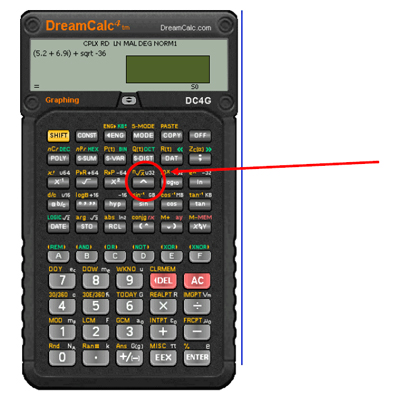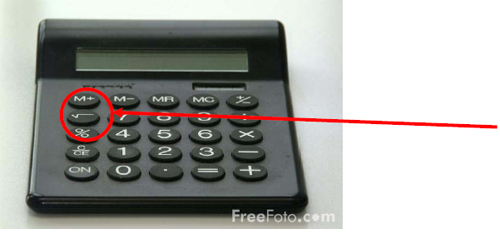Positive Exponents
Exponents (or powers) indicate that a number is multiplied by itself a certain number of times. In other words, exponents are just a short hand way of writing out a number multiplied by itself.
For example, if we see
(said “five squared” and sometimes written as 5^2), it is the same thing as 5 * 5. The number that is to be multiplied by itself is called the base. How many times the number is to be multiplied by itself is called the exponent or the power.
Be very careful when a negative number is raised to a power. Be sure to keep track of the sign. A negative number multiplied by itself an even number of times will give a positive number result. A negative number multiplied by itself an odd number of times will give a negative number.
For example
is equal to (-2)*(-2) = 4. (try it!) Note that the exponent is even and the resulting answer is positive. However,
is equal to (-2)*(-2)*(-2) = -8. (try it!) Note that the exponent in this case is odd and the resulting answer is negative.
Some calculators have a “^” key that allows you to enter in an expression with an exponent directly. In other words, you can key in 3^2= to get 9. See below.

If your calculator does not have a “^” key, then you need to type in the multiplication expression—i.e. for
you need to type 3 * 3.
Example: Find
7.8652 = 7.865 * 7.865 = 61.858
Example: Find
= (-3.5)*(-3.5)*(-3.5)*(-3.5)*(-3.5) = -525.22
Negative Exponents
Exponents can also be negative. Negative exponents are treated differently. We will not be using negative exponents in the class.
Radicals
Radicals (or roots) are sort of the opposite of positive exponents. The radical is the symbol placed over a number. The most common radical is the square root,
The square root is the number you need to multiply by itself twice to get the number that is under the radical. For example, the square root of 4, or
, is equal to 2 (or -2) because when you multiply 2 (or -2) by itself two times, you get 4.
There are other higher order roots, such as the cube root,
, or the fourth root,
In these cases, the root is the number that is multiplied by itself 3 or 4 times to get the number under the radical. For example, the cube root of 8,
, is 2 because 2*2*2 or 23 equals 8.
Your calculator should have a square root button. On some calculators, you need to hit the square root button first and then the number. On other calculators, you hit the buttons in reverse order. Note: Your calculator will only show you the positive square root. Graphing calculators will have options for calculating higher order roots.

Example: Find
Since 5*5 = 25, 5 is a square root of 25. (-5 is also a square root of 25.)
Take Exponents and Radicals Assessment
Return to the Math Tutorial
